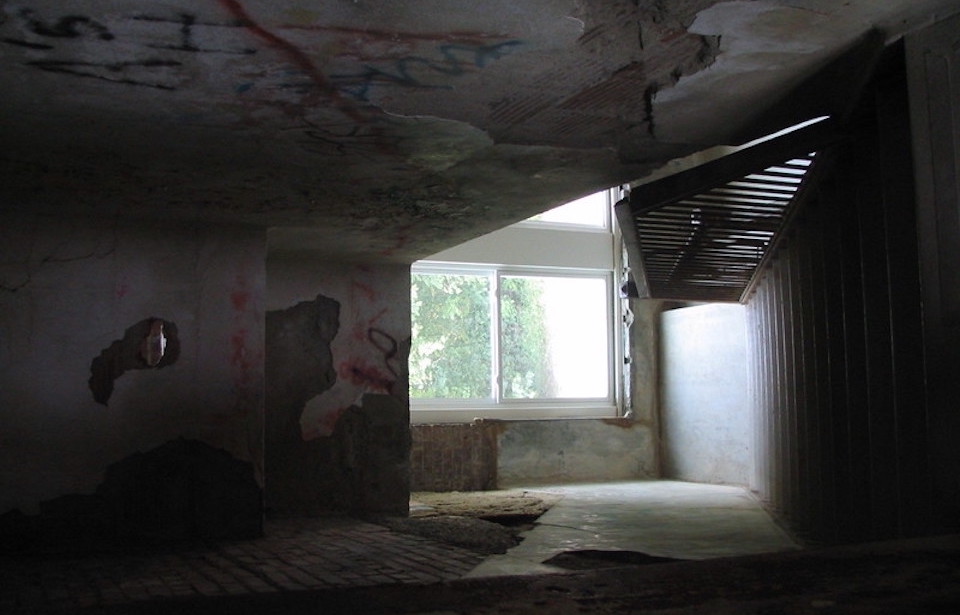If you travel to Louisville, Kentucky, you might come across Waverly Hills Sanatorium. Once a place where those with tuberculosis were treated, it has since gained the title of one of the most haunted locations in the world. From moving objects to floating figures, this once-bustling hospital has remained a home for many of its former patients.
Waverley Hill
The land upon which Waverly Hills Sanatorium sits was purchased by Major Thomas H. Hays in 1883. Hays intended for it to be his family’s homestead. It was away from existing schools, so he opened his own on the property.
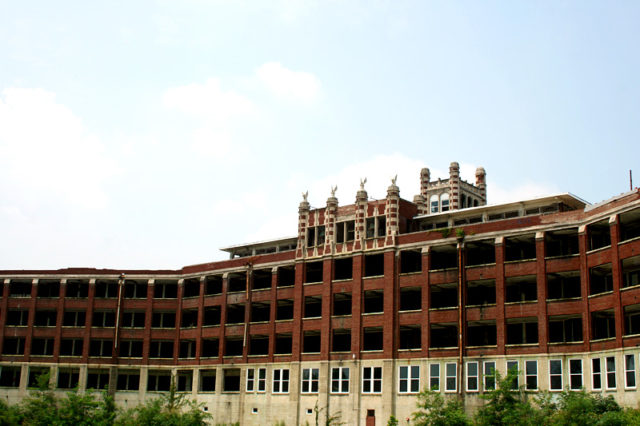
The one-room schoolhouse was attended by his daughters, who were taught by Lizzie Lee Harris. Harris was a fan of Walter Scott’s Waverley novels and named the schoolhouse “Waverley School.” Hays liked the name, as it sounded peaceful, and named the entire property “Waverley Hill.”
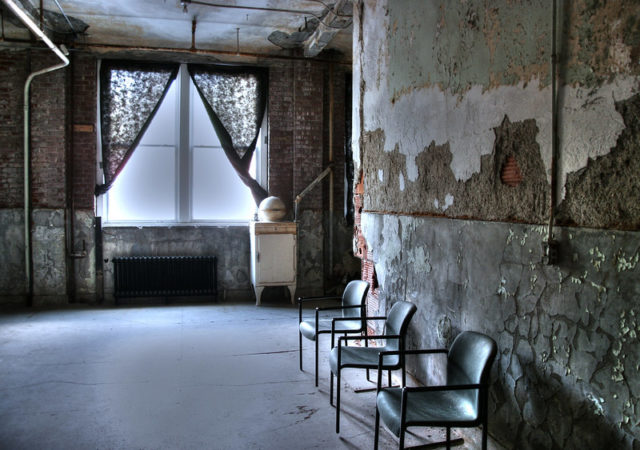
The Board of Tuberculosis Health eventually purchased the land and decided to keep the Waverley Hill name. It’s unknown when it changed to “Waverly Hills,” as both names are still regularly used.
Opening of the Waverly Hills Hospital
During the 1900s, the United States was experiencing a tuberculosis epidemic, from which Kentucky was not exempt. In particular, Jefferson County was surrounded by wetlands running along the Ohio River, making the area the perfect breeding ground for tuberculosis bacteria, which likes moist and humid environments.
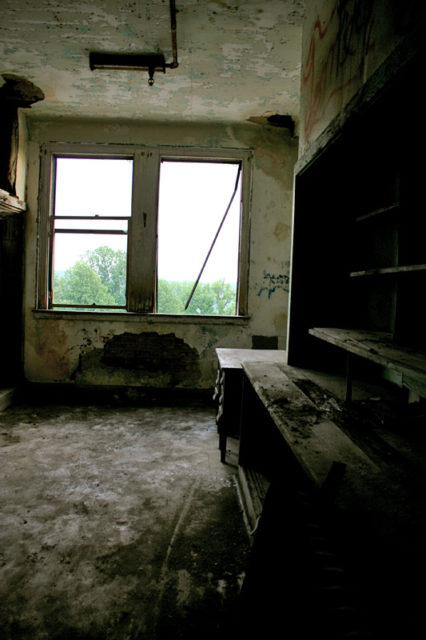
The outbreak – dubbed the “White Plague” by the public – prompted officials in Jefferson County to construct a new hospital. In July 1910, the Waverly Hills Hospital opened, a two-story wooden building with an administrative area and two open-air pavilions. It could accommodate 40 to 50 patients diagnosed with “early cases” of tuberculosis.
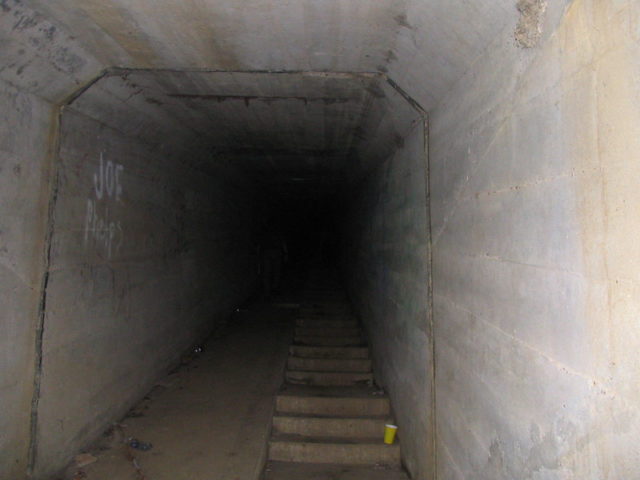
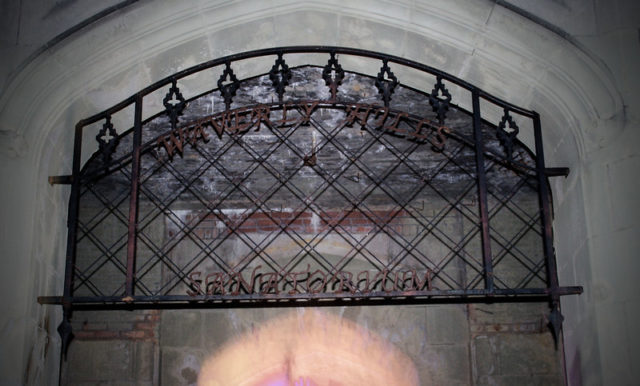
In August 1912, all tuberculosis patients housed at City Hospital in Louisville were transferred to temporary tent quarters on the grounds of Waverly Hills, as plans were being put in place to build a hospital capable of handling advanced cases. This was opened in December of that year, allowing for the treatment of an additional 40 patients.
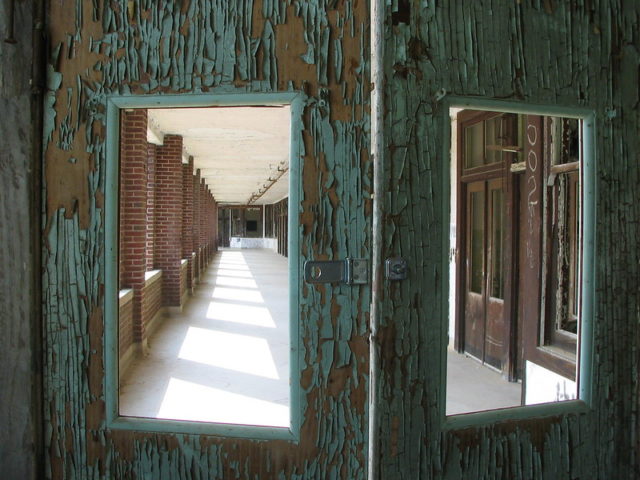
A children’s pavilion was added in 1914, opening up 50 beds. It was used to house not just sick children, but also the children of tuberculosis patients who could not otherwise be cared for properly.
Waverly Hills Sanatorium
Healthcare officials soon realized a larger building was needed to treat patients. The wooden structure of the hospital was in constant need of repair, and there was a need for a more durable structure to house more beds. Construction on a five-story building that could house over 400 patients began in March 1924 and was completed over two years later, in October 1926.
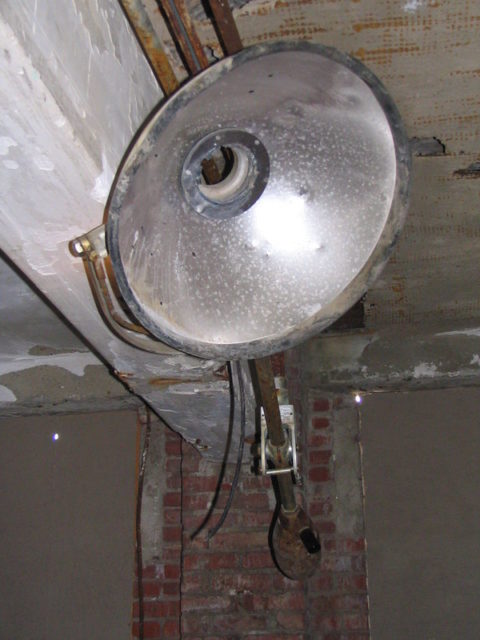
Waverly Hills Sanatorium was a massive upgrade from its predecessor. It featured separate patient rooms, modern laboratories, sunrooms, and recreational spaces. There was also a tunnel, through which workers could enter and exit. It was 500-feet long and reached the bottom of the hill on which the sanatorium sat, allowing for the transport of supplies and other items.

Due to the highly contagious nature of tuberculosis, the hospital was forced to exist as its own entity, without contact from the outside world. This meant it had to produce its own food and raise its own farm animals. It even opened up a functioning post office.
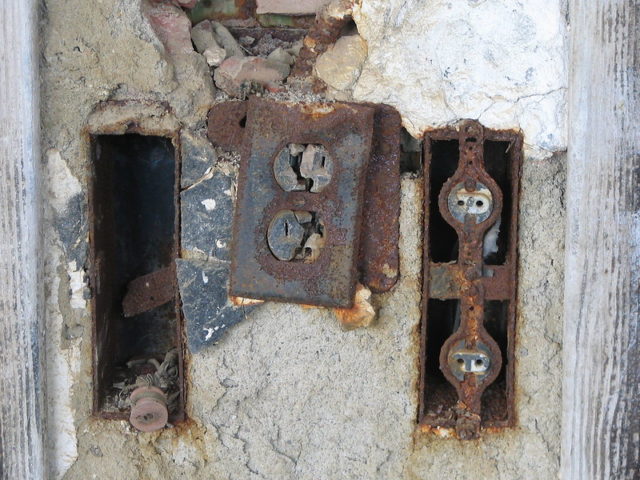
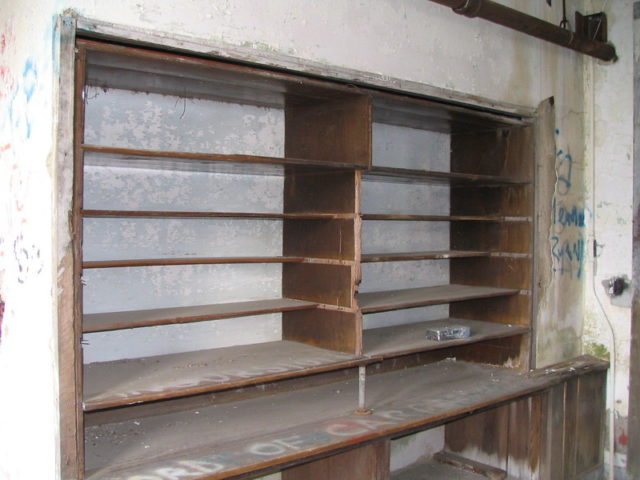
Since antibiotics didn’t exist during this time, doctors had to use other forms of care to treat patients, including heat lamps, positive talk, and fresh air. There was an emphasis on positive patient morale, which meant extreme measures were taken to lessen the appearance of death on the premises. At the peak of the outbreak, bodies were transported from the sanatorium via the tunnel to ensure patient morale wasn’t lowered.
Antibiotics and the sanatorium’s closure
The antibiotic Streptomycin was first introduced to the American public in 1943 and it fast had an effect on the spread of tuberculosis. The number of cases gradually lowered nationwide, and soon large hospitals like Waverly Hills Sanatorium were no longer necessary.
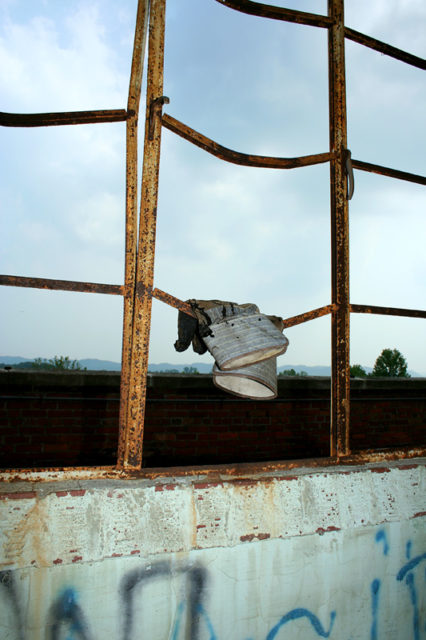
The sanatorium closed in June 1961. All remaining patients were transferred to Hazelwood Sanatorium in Louisville.
Changing hands
In 1962, the sanatorium reopened as Woodhaven Geriatric Center, a nursing home treating aging patients with varying stages of dementia and mobility issues. It also took care of those who were mentally handicapped. However, it was soon overcrowded, without enough staff to treat residents. Rumors of patient neglect began to spread, leading the state of Kentucky to shut it down in 1982.
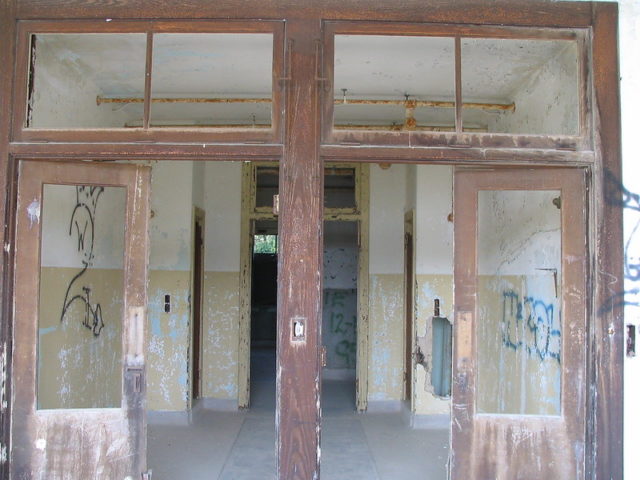
Developer J. Clifford Todd purchased Waverly Hills in 1983 for $3,005,000. He and architect Milton Thompson wished to convert it into a minimum-security state prison, but dropped the plan after backlash. They then proposed converting the sanatorium into apartments, but this too failed due to a lack of funding from the Jefferson Fiscal Court.
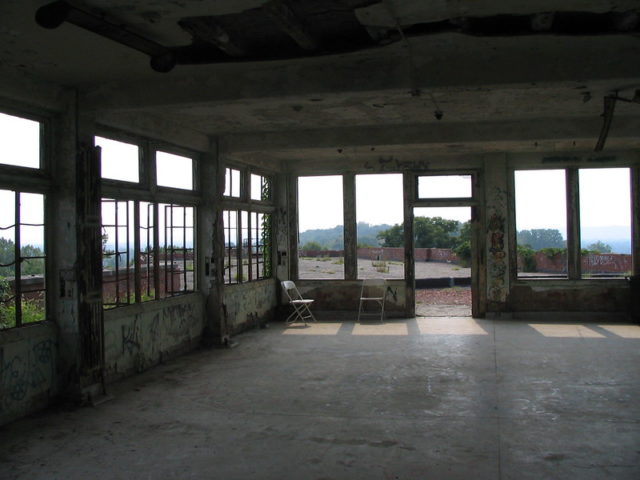
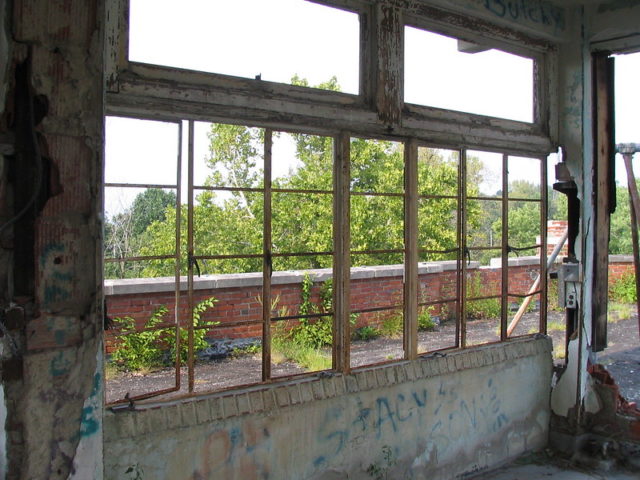
In 1996, Robert Alberhasky of Christ the Redeemer Foundation Inc. purchased the property, with the aim of constructing the world’s tallest statue of Jesus Christ, along with an arts and worship center. The statue would be designed by local sculptor Ed Hamilton and architect Jasper Ward. Unfortunately for Alberhasky, the project failed to get enough donations, and it was canceled in December 1997.
Waverly Hills today
Waverly Hills was sold to Tina and Charlie Mattingly in 2001. The couple has spent the last two decades working to restore the sanatorium, which has since been placed on the National Register of Historic Places. Thus far, they have installed a new roof, a sprinkler system, and restored many of the windows. They are currently working on restoring the interior of the building.
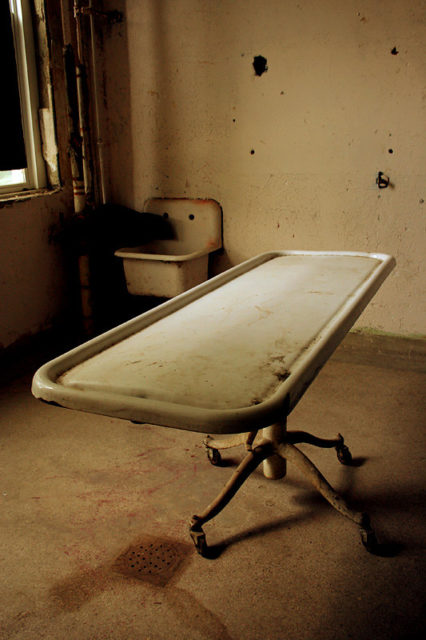
Waverly Hills Sanatorium has gained a reputation as one of the world’s most haunted locations, a title the Mattinglys have used to their advantage. To fund their restoration project, they and the Waverly Hills Historical Society regularly hold overnight ghost tours, as well as haunted houses and a holiday laser show.
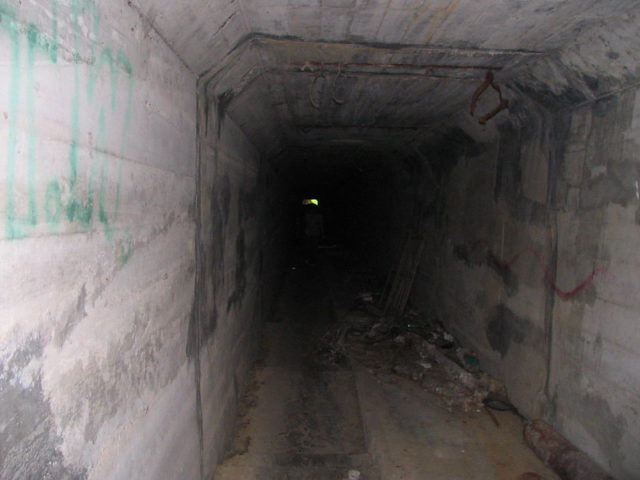
More from us: Johanniter-Heilstätte Sorge Sanatorium
Numerous stories have been shared by paranormal investigators who have visited the sanatorium. The majority speak of encounters with shadow people and ghostly children, along with unexplained noises and temperature changes. One of the most infamous ghosts is Timmy, a child who roams the halls and likes to play ball.
